Drone Vision, Zones of Protest, and the New Camera Consciousness
 Friday, August 21, 2015 at 5:33PM
Friday, August 21, 2015 at 5:33PM Anthony McCosker
[ PDF Version ]
Protest is well understood to have moved beyond the material limits of city streets and squares through global media networks via mobile camera phones and social media platforms. But we'd do well to consider the complex integration of signal, image, and distributed networks with the materiality of devices, streets, squares, and bodies. This integration is captured in signature visual content of contemporary protest, in the camera phone held above the crowd relaying image and experience and which, by nature of being recorded in situ and often in fluid and volatile social environments, conveys a visceral sense of the danger and violence that implicates the body as a body at risk or in some way “on the line,” as Judith Butler puts it.[1] Behind the mobile device a body stands “face to face with those they oppose, unprotected, injurable, injured, persistent.”[2] Now camera-mounted drones traverse protest sites, and as they have done in other contexts—most notably in militarized zones of conflict and surveillance—alter both the optical field and material assemblages through which protest takes place.
In recent civil and political turmoil in Turkey, Thailand, and Hong Kong, protesters and activists have had to negotiate attempts from ruling regimes to censor news industry journalists and shut down access to messaging services and popular social network sites such as Twitter, Facebook, and YouTube.[3] In these sites of protest, the vantage points through which activism and conflict can be organized and encountered visually are multiplying and relocating. But to what extent do camera mounted drones alter the field of protest and signal a new camera consciousness?
As part of the media ecology of alternative networks and channels of communication, drone imaging technology has brought into play new assemblages of perception and action. But beyond this observation I want to suggest that drone vision offers an illustrative extension of an autonomous, motile, and indirect visuality that moves beyond the device-armed social media connected body within the protest zone. While the drone may constitute a new tool in the arsenal of either activists or police, its use also signals the shifting technical scope of a camera consciousness in which control over motile, GPS-located, and airborne wireless camera technologies becomes just as vital to the scene as control over the streets and over social media activity. The drone’s motility, its autonomous vertical and lateral movement differentiates it from the mobile camera as it generates distributed modes of vision across a number of bodies, devices, and platforms, not merely as spectacle, but as a new mode of relational experience.
Drone Visuality
Developments in drone technology are often attributed to the convergence of military aviation hardware and robotics, expressing a push for a pilotless strike force with a level of autonomous, risk-free reconnaissance, information relay, and ballistics capability.[4] And while there are a broad and expanding set of practical uses for drones (for example in agriculture, mapping, delivery, search, and rescue), as they have become domesticated, attention has turned to the threat of a pervasive increase in the capacity for aerial surveillance.
Drone activity and imaging can also be understood as part of a contested “vertical public space” or orbital zone, which Lisa Parks considers as a neglected area of media research and public scrutiny.[5] If the complex international arrangements that structure orbital space are to be considered political and contested as Parks argues, drone technologies throw that politics off its axis by introducing a level of multidirectional motility. Where satellites work on fixed vectors, drone devices operate on directional freedom.[6] In addition to this historical context, drone vision can be understood as a specific re-visioning of the camera apparatus as it has been conceptualized for many decades now by film theorists such as Jean-Louis Comolli and Jean-Louis Baudry, and more recently by mobile media theorists such as Nanna Verhoeff. That is, beyond the technology of cinema lies the “cinema machine,” the apparatus or dispositif that incorporates ways of seeing and representing, power relations, economics, and ideology.[7] Likewise, for Nanna Verhoeff, mobility, perception, performativity, and experience constitute “a mobile dispositif”:
a dynamic arrangement of the viewing subject within a spatial field of perception, including the vectoralization of ‘going somewhere’, the view or object of the gaze, and the media and/or transportation technology which sets this arrangement in motion.[8]
Beyond the cinematic and mobile dipositif, the drone brings about a new relationality between spaces (for instance, of protest), perception, motility and platformed experience, and sociality.
Two recent protest zones offer some context and can be understood in relation to the drone’s aerial disruptions. During protracted political protest against Recep Teyyip Erdogan’s government, Istanbul’s Taksim Square and Gezi Park have been fought over and contested, decoded as civic space, recoded as sites of active dissent, and recoded again in the act of clearing, controlling, and countering protest. Like any modern space of protest, video, messaging networks, and social network sites have extended the contest outward beyond the square and park. And though largely ineffectual in stopping anti-regime activist media, attempts to block elements of Twitter, or rather taint it, signal the intent to modulate the mediation of Turkish political protest.[9]
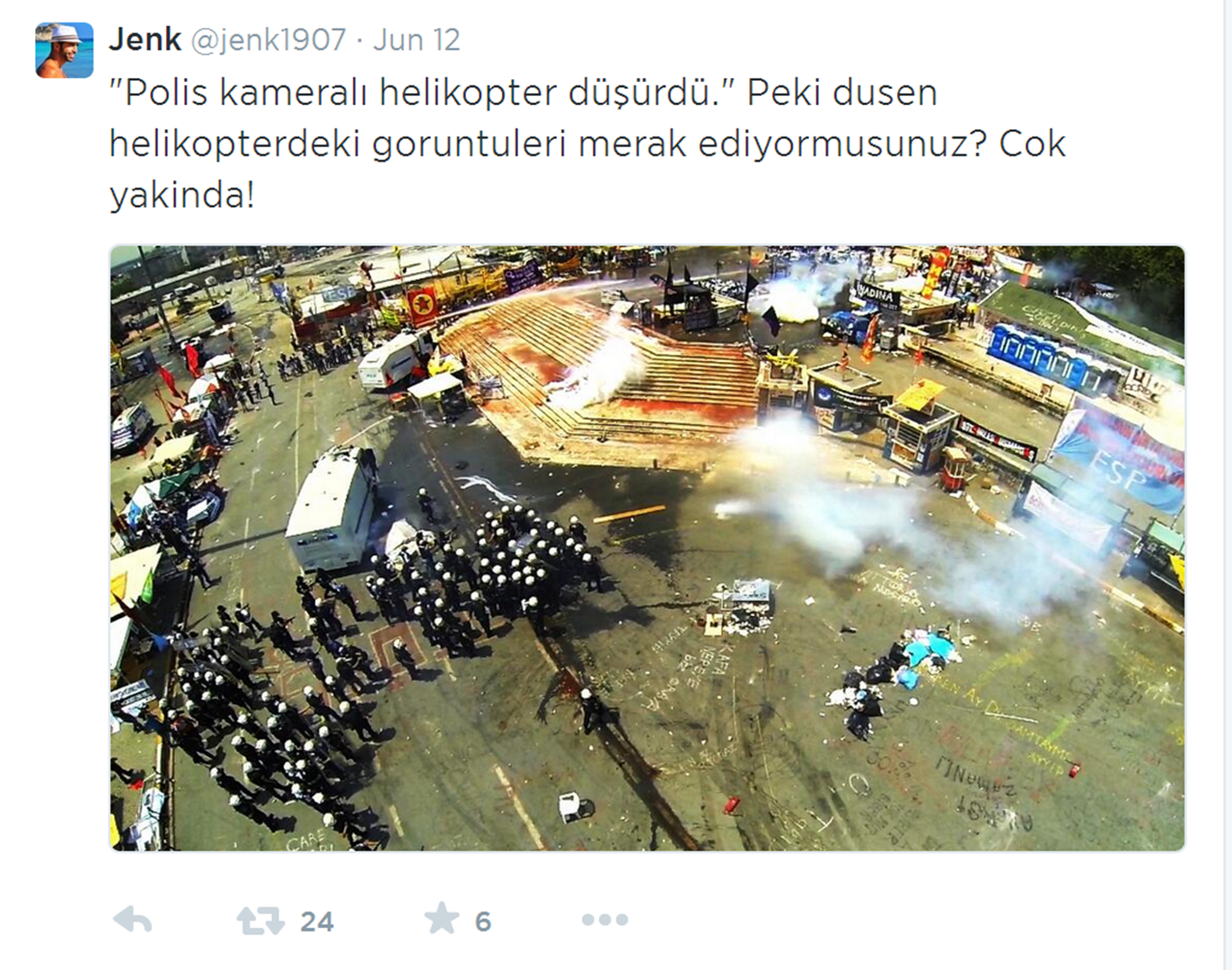
Figure 1: Taksim Gezi Park, 12 June 2013, Jenk (@Jenk1907)
Drone vision images produced by photographer, filmmaker, and Twitter user Jenk (@Jenk1907) were quickly uploaded to Twitter and Vimeo. They illustrate the potential for a radical realignment of optical control over the events. Images show the formations and positioning of counter-protest police and their armored vehicles, tear gas clouds, civilians, and open and closed off spaces. The videos’ drone vision is particularly revealing as the machine moves around the square at varying altitudes, the wide angle lens showing moments where civilians coalesce into resistant groups, where tear gas clouds expand and disperse, the conjunctions and disjunctions of police as they maintain or reclaim territory, and the use and reach of water canons from police vehicles as they also clear space.[10]
What the drone brings into view is the zonal contest and the material capture and loss of terrestrial space. Behind this lies the assemblage of action and counter-action that becomes consciously embodied in the drone-object as it maneuvers with its gyro-stabilized precision. In this case a separate video of the drone taken from the ground captures the moment it is shot down by police—the moment transmission of drone vision is discontinued, returning the optical field to a ground level line of sight.[11] As Anna Munster has discussed in relation to vernacular drone camera videos on YouTube, at the point where the drone is cut adrift from human control “we experience a sense of the nonhuman capacities of both the drone and the image.”[12] For Jenk’s drone videos this sense is redoubled by the additional footage of the drone from the ground, perhaps in anticipation of the drone’s material demise and the knowing provocation it poses. It enfolds protesters and counter-protest police into a knowing assemblage, a conscious reconfiguration of action in relation to the drone’s motile aerial vantage points. This is made clear in the spatial positioning of the drone, its quick, seemingly anxious passes over groups of police and their visible attention to its movements, and ultimately in the act of shooting it down.
At another site of protracted urban protest, a camera-mounted drone has been deployed similarly to gain perspective on the scale and the movements of protest groups and military activity. From Bangkok, during the unrest and protests of 2014, travel blogger and social media manager Richard Barrow tweeted his drone images to nearly 80,000 followers and was a key English language source of information on the ground amidst heavy media censorship by the former Thai government and current military Junta throughout the 2013 and 2014 protests and May military coup. As an outsider to the protests, Barrow’s drone vision images establish a different kind of relation within the scene. The images are less revealing of the activities of protesters and police or military action, but give an aerial vantage point that delivers awareness of the extent of spatial disruptions to Bangkok (Figure 2). The city, with its peculiar crowded spaces, is itself layered: public transport platforms, skytrain routes, and raised roads wind through the main shopping districts, while wide boulevards and open spaces around the Democracy Monument and Limpin Park allow congregation, stages, and tent-cities to take hold (See Figures 2, 3 and 4). Among these zones, areas of congregation and activity, traffic flow and blockages, flashpoints, and confrontations have seen more than 120 deaths since protests began in 2006.[13]
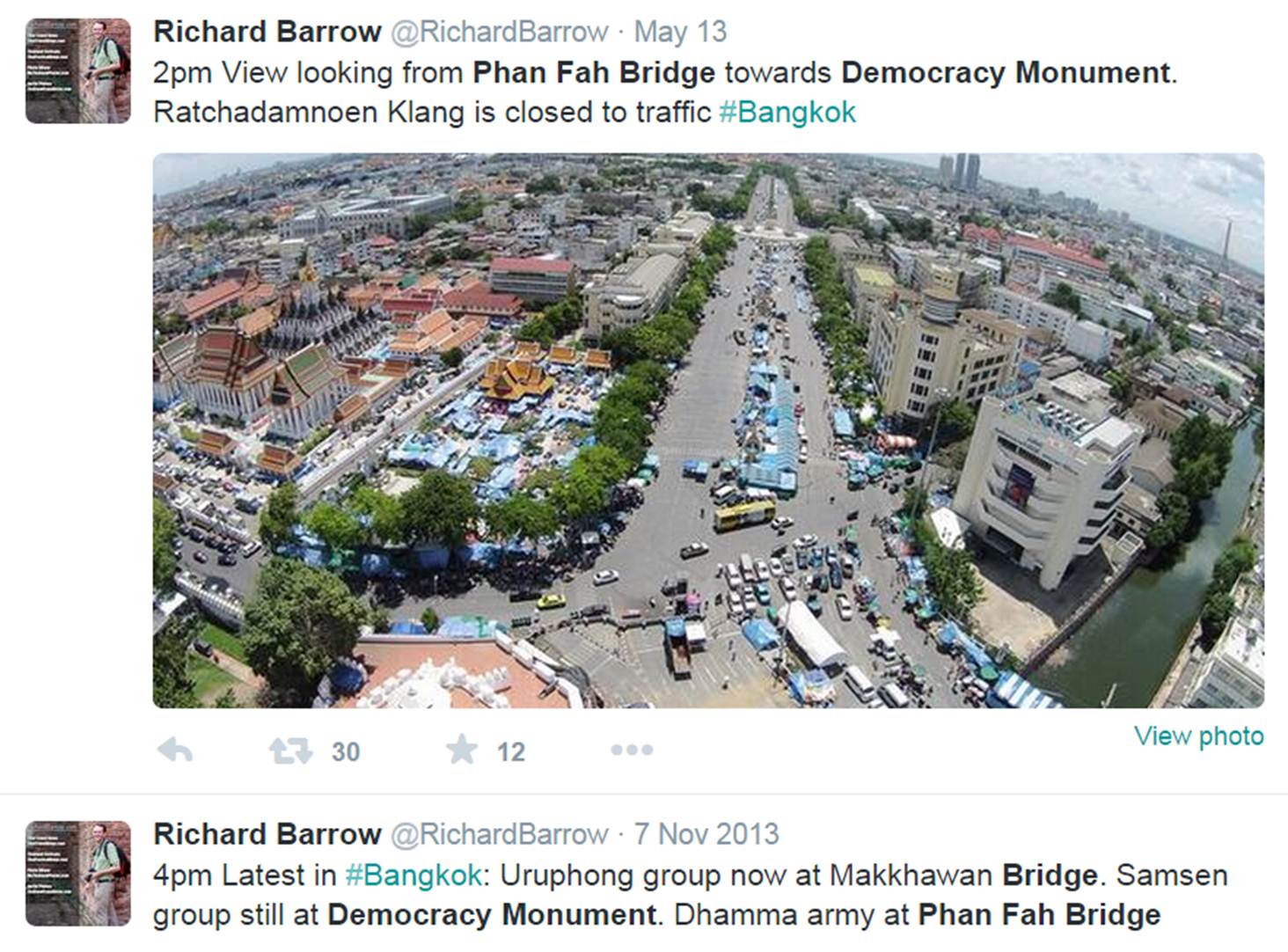
Figure 2. Bangkok, 13 May 2014, Richard Barrow (@RichardBarrow)
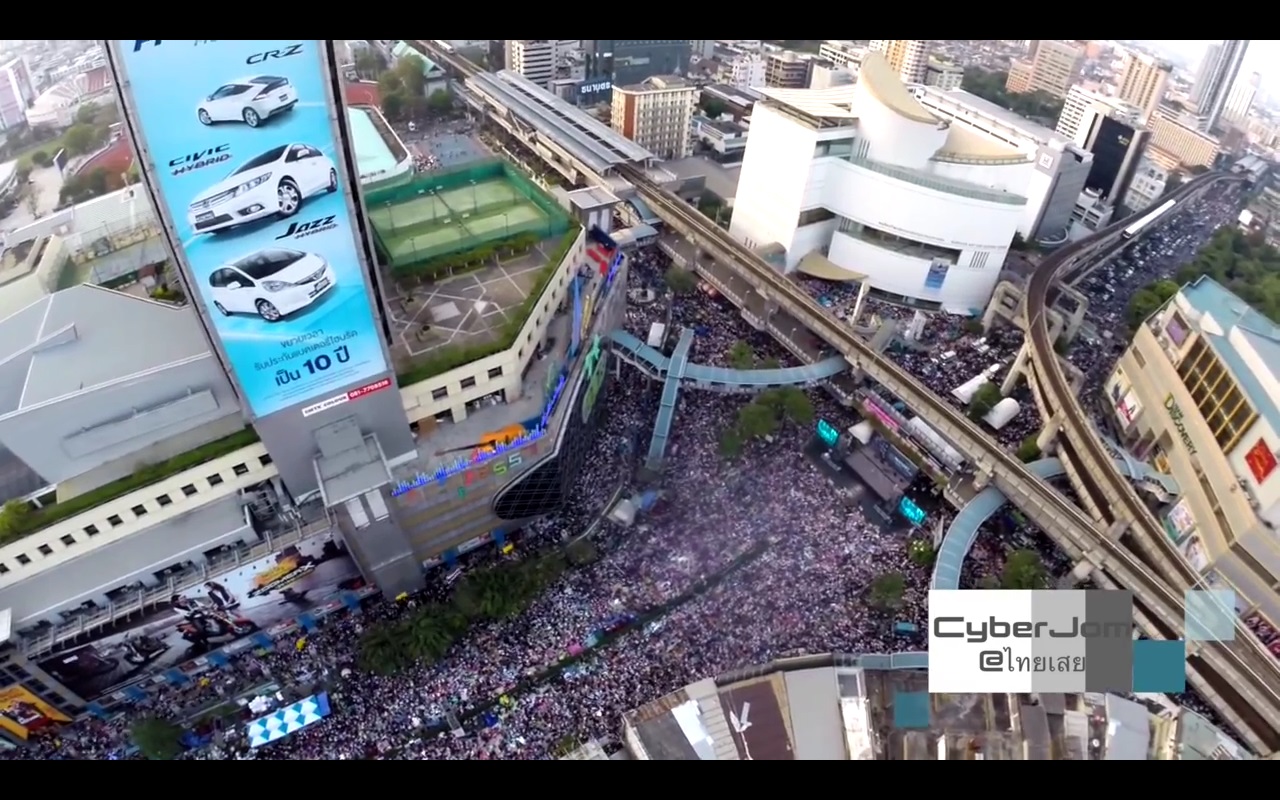
Figure 3. Bangkok 'shutdown' 13 Jan 14 Pathumwan, TheCyberJom.[14]
Barrow’s and TheCyberJom’s drone camera images are less a participant vision from within either protest or counter-protest movements than a technology of the city and social media encounter, a perspective from outside and above. The image is not borne of the city’s platforms and layers of activity (Figures 3, 4 and 5), but of aerial or map layer abstractions that themselves calculate activity, congregation, flow, and disruption. They are as much a line of sight for military or government forces because they rarely capture action or show military positions or movements. This is a kind of protest monitoring or activist consciousness that if nothing else brings greater clarity to the scale and presence of protest (a point made often in relation to drone video from Hong Kong throughout October 2014). Amongst other crowdsourced forms of information, they do not in themselves disrupt urban continuity and stability, but disperse and lift the points from which the city can be monitored and its activity understood.
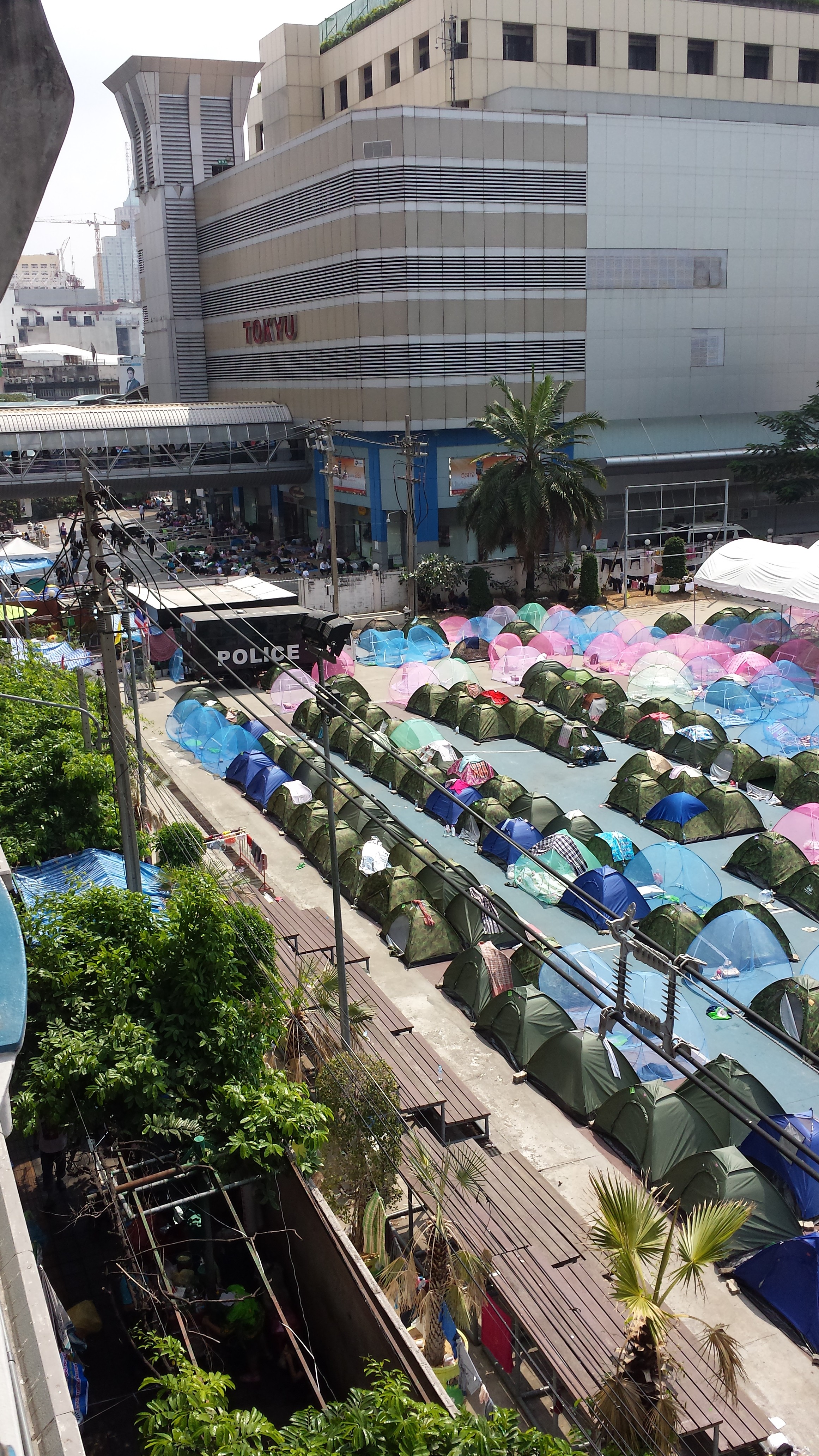
Figure 4. Bangkok, National Stadium BTS Station, 20 Feb 2014.
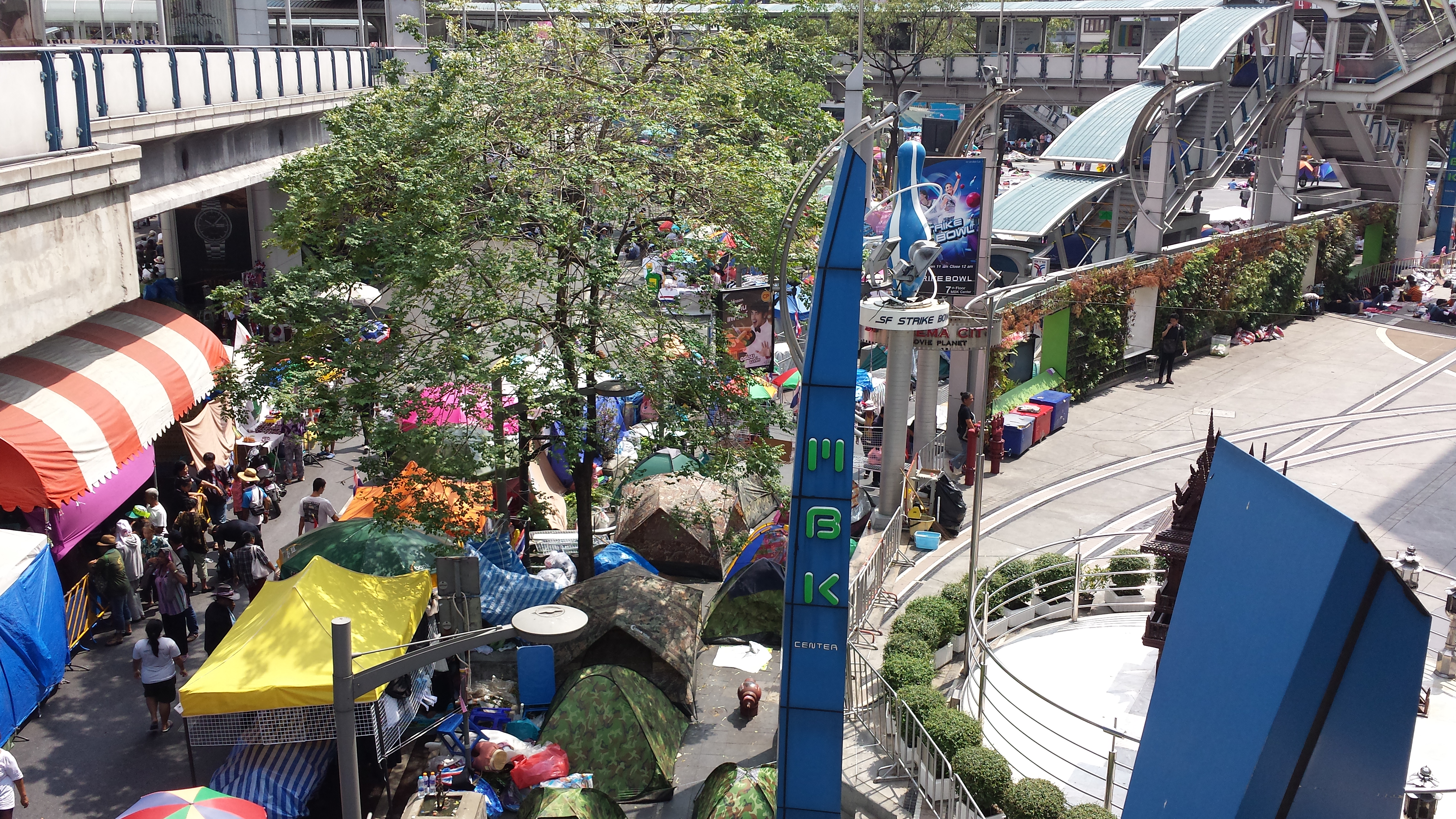
Figure 5. Bangkok, Siam BTS Station, 20 Feb 2014.
Machinic Vision
Drone vision could so easily be framed within a trajectory of what Paul Virilio calls the “industrialisation of vision,” and in terms of the “splitting of viewpoint,” or “the sharing of perception of the environment between the animate (the living subject) and the inanimate (the object, the seeing machine).”[15] The seeing-control link remains in place, but its distributed transmission through social media creates a heterogeneous assemblage that places perception outside of a singular, fixed perceiving subject. This indicates the threat and the obvious military application, but also the promise of a point of resistance. Virilio takes his cue from artist Paul Klee: “Now objects perceive me.”[16] For Virilio, even in the mid-1990s, “this rather startling assertion has recently become objective fact, truth.”[17] In this process, automation of perception brings about an “optical imagery with no apparent base, no permanency beyond that of mental or instrumental visual memory.”[18]
Within Virilio’s techno-dystopian scenario, instrumental virtual images are like the foreigner’s mental pictures—exclusive and inaccessible. This is the fear of the drone as mechanized vision machine hovering above the city square surveilling, and thus affecting, the scene of protest. And this is the enigma of the drone—not its precision flight capacities, but its reconfiguration of visual perception and of the scene in which it enters (military, policing, search and rescue, landscape mapping etc.). And further, consciousness itself shifts with the mental image or object outside of the individual perceiving subject to an “event-space,”[19] a relative and relational space that enfolds heterogeneous human action, machine movement, perception, and location in one.
But, as John Johnson points out, Virilio’s mistake is to oppose human and technical vision. Drawing instead from Deleuze and Simondon, Johnston argues, “in the current climate of accelerated technological innovation, ‘a new consciousness of the sense of technical objects’ may be necessary if we are to be fully receptive to and engage critically with the new forms and singularities of contemporary visual experience.”[20] We can thus also ask: what are the new kinds of perception, action, or control made possible by our human-technical assemblages? But it is the question of the experience of these perceptual systems—our camera consciousness—that is most important to understanding the impact that drone vision has on the scene.
Anna Munster prompts us to take the network as dynamic or processual, rather than as a fixed map of nodes and links. This way intensity and significance can be better located within the scene. In addition, “network perception and experience do not belong to humans alone.”[21] This patchy relationality is as complex as it is heterogeneous. In the spaces of protest described above, questions of altered technical ensembles and of transmission outweigh Virilio’s concern with the transcendence of human vision by the machine. In this ensemble:
Signal multiplies yet its relays do not entirely replace the human, rather it passes through and around us, integrating us into its circuits while not relying on us. Signal is transmitted through relays that are not entirely encoded nor entirely under human control.[22]
In other words, and as these instances of drone vision show, we cannot begin with the network within contemporary fields of protest as given. As actors within the scene turn to, or act to disable the drone-object, the unevenness of the assemblage, and the significance of the new point of vision and the mental relations established becomes most clear.
Machinic vision must be thought of not as a simple matter of seeing with machines, though this is presupposed, but rather “a decoded seeing, a becoming of perception in relation to machines that necessarily also involves a recoding.”[23] Drone vision incorporates a striving to surmount the eye’s immobility, but this striving is simultaneously captured within an assemblage of protest-counter-protest activity. It is inevitably volatile and unpredictable: “The instability of signal in such assemblages derives from its plurality, its heterogeneity.”[24] In the deterritorialization of vision, there is a movement toward the edges of the protest-machinic-vision assemblage, its vulnerability has shown up at the point of disruption as the drone is shot down. However, this deterritorialization almost certainly carries greater value for the protester than for police. For counter-protest forces there is much at stake here. Any disruption of the spatial and temporal logistics of protest threatens the balance of power at the scene, the scene taken in the broadest global sense of the mediatic networks that envelop protest and activism.
Towards a New Camera Consciousness
Drone vision signals the extension of personal photography and imaging via handheld mobile phone cameras, toward the more ubiquitous and free-floating idea of any-camera-wherever. In the encounter with the image of protest, we already identify not with the individual protester but with the camera and the point of perception within the protest scene (hence police copying the multiple use of cameras on the frontline of civic conflict). We might say, critically, that by identifying with the camera we become prey to vision rather than engaged in action.[25] But in practice, camera movements and drone vision become the dispersed points and distributed centers of action and activism. Hence, the drone brings to the scene new mental connections.
Here we can identify the autonomy and distributed visuality of a new camera consciousness recognizable by its particular (dis)locations and remote movements, the pure vision or optical and sound images disseminating from the square or from high above the city streets. The reflexive circuit between camera-experience and social media action-reaction and counter-action is further reconfigured by drones. With drone vision as with the mobile dispositif before it, we have the perception of perception, detached from one kind of embodied action but nonetheless functioning as activism and hence extending the space and time of protest. As the camera acquires the power to break away from the clichés of ordinary experience and natural perception, the motile image itself “thinks.”[26]
For Deleuze, camera consciousness is no longer “defined by the movements it is able to follow or make, but by the mental connections it is able to enter into.”[27] It is active beyond the subject as point of view, an excess that introduces to the scene a “questioning, responding, objecting, provoking” and so on, or in accordance with the functions of thought.[28] Again, the camera-object “perceives me,” but in a more complete sense of entering into new mental relations that displace the centrality of the human operators in favor of a collective both within and beyond the square and streets. With the camera phone it is the person who is mobile. Drone vision, on the other hand is motile, of autonomous movement, velocity, and trajectory.[29] This motility and vertical spatiality introduces new modes of thinking and individual or collective action.
A new camera consciousness designates a critically important tension within the proliferation of new forms and modes of mediation. We have the unprecedented capacity to create, communicate, and connect with and through images, with multitudes of intimate and widely public camera phone snaps and video grabs—wearable, autonomous, and remotely operated camera images distributed endlessly as the prized content of social network sites. But these images must be understood not only in terms of what they represent or reveal, but as the material stuff of life, as matter itself, as thought and as that through which action, communication, expression, and experience take place. We have to consider how a camera or an image experiences, along the dispersed lines of consciousness (awareness, attention, self-formation, knowledge) across and beyond bodies, machines, and within dynamic networks and publics.
Within zones of protest where bodies contest public spaces in the city streets and squares, it is always bodies on the ground that matter. But as is well known by those bodies on the ground, the capacities of mobile networked media now drive the greater outcomes of that activity. New media modes and practices offer an alternative infrastructure for protest. The new camera consciousness into which drone vision now enters designates a kind of anxious assemblage that fractures vision along with action, dispersing protest through arrays of technical objects, camera motility, enacted social networks, and distributed media forms and platforms.
Notes
[1]Judith Butler “Bodies in Alliance and the Politics of the Street,” eipcp, September, (2011) http://eipcp.net/transversal/1011/butler/en.
[2]Ibid.
[3] Zeynep Tufekci, “The Day the Turkish Government Banned Itself From Twitter,” Medium, March 21, 2014, https://medium.com/technology-and-society/the-day-the-turkish-government-banned-itself-from-twitter-778b806e38e3; James Hookway and Newley Pernell, “Fleeting Protests Against Thailand's Coup Cause Mayhem in Central Bangkok,” Wall Street Journal, June 1, 2014 http://online.wsj.com/articles/calls-for-protests-succeeds-in-shutting-down-central-bangkok-1401604045.
[4] See Whittle, “The Man Who Invented the Predator,” Air and Space, April, 2013, http://www.airspacemag.com/flight-today/the-man-who-invented-the-predator-3970502/?no-ist.
[5] Lisa Parks, Cultures In Orbit: Satellites and the Televisual (Durham: Duke University Press, 2005); Lisa Parks, “Mapping Orbit: Toward a Vertical Public Space,” in Chris Berry, Janet Harbord and Rachel Moore (eds), Public Space, Media Space (Houndmills, Basingstoke: Palgrave Macmillan): 61-87; and Laura Kurgan, Close Up at a Distance: Mapping Technology and Politics (Brooklyn: Zone Books, 2013). Parks (2005) and Krugan both examine the historical trajectory of satellite driven “satellite witnessing” associated with geopolitical conflicts reaching back to the first Gulf War and war in Bosnia and Kosovo in the early 1990s.
[6] For this reason, some drones are being fitted with software to warn their operator and then shut the device down if it enters “sensitive zones” defined for example, around airports or military sites. See: Mark Corcoran, “Chinese Manufacturer Programs Phantom Drones with No-Fly Zones to Protect Australian Airports,” ABC Online, April 14, 2014, http://www.abc.net.au/news/2014-04-14/chinese-made-drones-programmed-with-no-fly-zones/5388356.
[7] Jean-Louis Comolli, “Machines of the Visible,” in Teresa De Lauretis and Stephen Heath (eds) The Cinematic Apparatus (New York: St Martin’s Press, 1980): 121-142.
[8] Nanna Verhoeff, Mobile Screens: The Visual Regime of Navigation (Amsterdam: Amsterdam University Press, 2012): 31.
[9] Zeynep Tufekci, “Everyone Is Getting Turkey’s Twitter Block Wrong,” Medium, March 24, 2014, https://medium.com/technology-and-society/everyone-is-getting-turkeys-twitter-block-wrong-cb596ce5f27.
[10] Jenk K, “TAKSIM GEZI PARK AERIAL / Taksim Gezi Park Havadan Çekim [Part 4],” Vimeo video, http://vimeo.com/68229603.
[11] Jenk K, “TURKISH POLICE SHOOTING DOWN A CAMERA DRONE /Polisin Uçan Kamerayi Vurma Ani,” Vimeo video, http://vimeo.com/68156381.
[12] Anna Munster, “Transmateriality: Toward an Energetics of Signal in Contemporary Mediatic Assemblages,” Cultural Studies Review, Vol. 20 no. 1 (2014): 150-67, 153.
[13]Hookway and Pernell, “Fleeting Protests Against Thailand's Coup Cause Mayhem in Central Bangkok,” Wall Street Journal, June 1, 2014 http://online.wsj.com/articles/calls-for-protests-succeeds-in-shutting-down-central-bangkok-1401604045.
[14]TheCyberJom, “Bangkok ‘shutdown’ 13 Jan 14 Pathumwan.” YouTube video. January 13, 2014. https://www.youtube.com/watch?v=6WWfnRnzZGE&list=UUf6hgOxx9graF6hTG2x_dtw.
[15]Paul Virilio, The Vision Machine, trans. Julie Rose, (Bloomington: Indiana University Press, 1994), 59-60.
[16]Ibid, 59.
[17]Ibid.
[18]Ibid.
[19]Ibid, 62.
[20]John Johnston, “Machinic Vision,” Critical Inquiry, vol. 26 Autumn (1999), 27-48, 27; Johnston is citing Gilbert Simondon’s doctoral dissertation Du Mode d’Existance Des Ob-jects Techniques (Paris, 1958), 9.
[21]Anna Munster, An Aesthesia of Networks: Conjunctive Experience in Art and Technology (Cambridge MA: MIT Press, 2013), 1-3.
[22]Munster, “Transmateriality”, 153.
[23]Johnston, “Machinic Vision”, 29.
[24]Munster, “Transmateriality”, 154.
[25]Gilles Deleuze, Cinema 2: The Time Image (Minneapolis: Minnesota Press, 1989), 3.
[26]Valentine Moulard-Leonard, Bergson-Deleuze Encounters: Transcendental Experience and the Thought of the Virtual (Albany: State University of New York Press, 2008), 111.
[27]Deleuze, Cinema 1, 23.
[28]Ibid.
[29]On data motility see Mark Coté, “Data Motility: The Materiality of Big Social Data”, Cultural Studies Review, vol. 20 no. 1 (2014), 121-49.
Anthony McCosker lectures and researches in Media and Communications in the Faculty of Health, Arts and Design at Swinburne University, Melbourne, Australia. His research explores media affect and intensity, media technology, digital and visual cultures and social media publics and practices. He is author of the book Intensive Media: Aversive Affect and Visual Culture (Palgrave Macmillan, 2013), and he has published a number of book chapters along with articles in journals such as Information, Communication and Society, Convergence, Visual Studies, Continuum, and Transformations.
Reader Comments